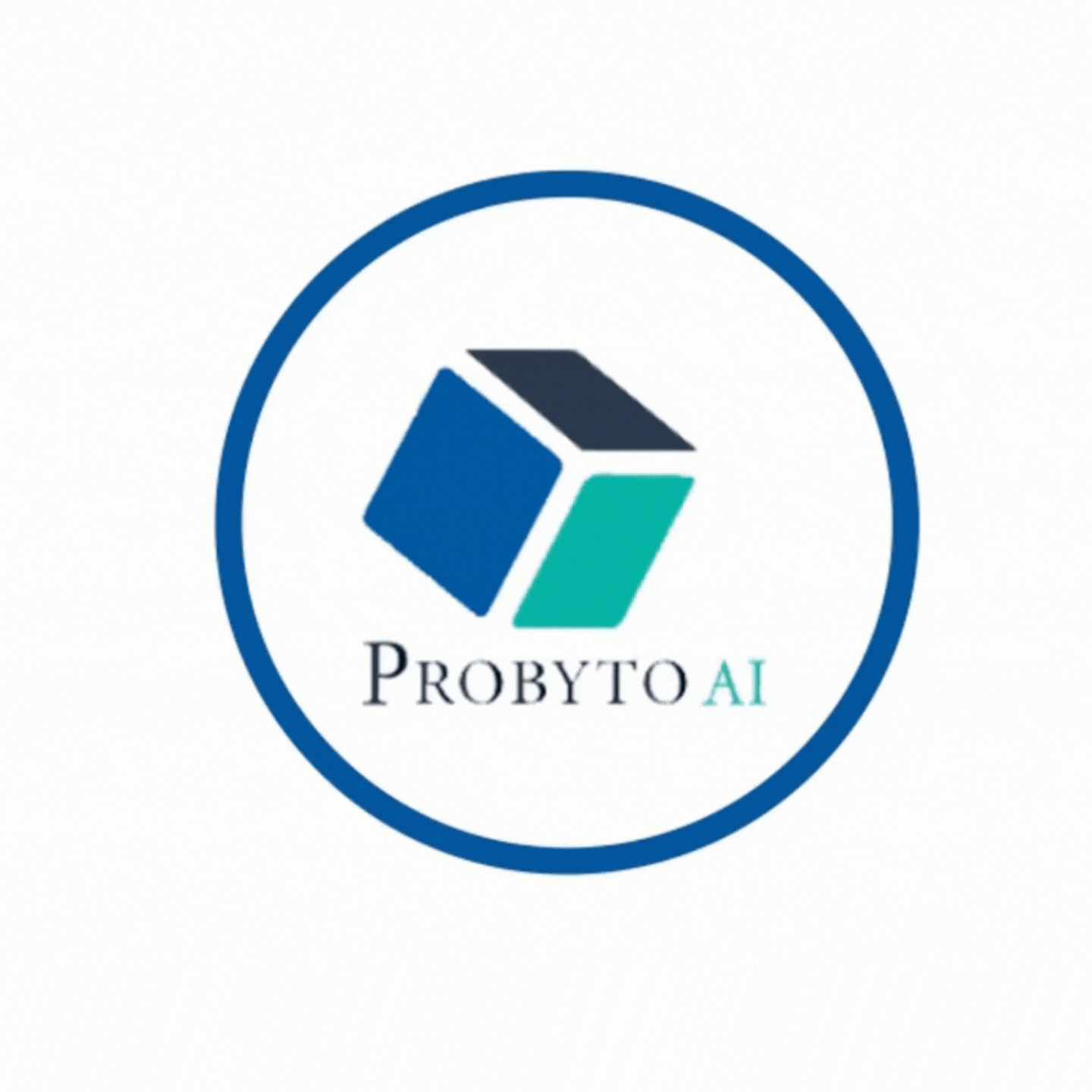An organization can use business intelligence (BI) data to make data-driven decisions through BI reporting. In addition to the basic features of BI tools, there are several lesser-known features that can make data analysis considerably easier.
As we explore these little-known features and demonstrate how they can enhance your BI reporting, we will show how they can change the way you report.
1. Advanced Filtering Options
- Dynamic Filters
The dynamic filter allows you to create reports that adjust in real-time based on the input from the user. The tool is especially helpful when you need to zoom in on specific details quickly on large datasets.
- Cascading Filters
The use of cascading filters allows you to create hierarchical filtering systems. The first step, for example, is to filter by country, followed by by city within that country. Using this method makes it easier to drill down into data and find the information you’re looking for.
2. Customizable Dashboards
- Interactive Widgets
Users can customize interactive widgets, such as charts, graphs, and tables, so they are responsive to their actions. In addition to updating other visualizations on the dashboard, clicking on a segment of a pie chart can provide an interactive and engaging experience.
- Theming and Branding
You can make your dashboards more appealing and professional by customizing their appearance to match your company’s branding. The majority of business intelligence tools allow users to customize colors, fonts, and layouts to fit their corporate identities.
3. Advanced Data Visualization
- Geo-Mapping
The use of geo-mapping provides you with the ability to visualize data based on geographic coordinates. Businesses that operate in multiple regions benefit greatly from this feature as it allows them to identify regional trends and patterns more easily.
- Heat Maps
The density and intensity of data are represented by color gradients in heat maps. This method makes it easier to identify trends and anomalies within your data by highlighting areas that are high in activity or concern.
4. Data Blending
Data combining from multiple sources
By blending data from different sources, you can create a report that includes information from all of them. In other words, you can get a comprehensive picture of your business operations by combining data from your CRM, ERP, and other systems.
5. Predictive Analytics
- Forecasting
Analyzing historical data with predictive analytics can assist you in forecasting future trends. Making proactive decisions based on future trends gives you an edge over the competition.
- Anomaly Detection
Your data is automatically identified by anomaly detection when there is an unusual pattern or outlier in it. This is especially useful for detecting fraud, errors, or other irregularities that need to be addressed immediately.
7. Collaboration Features
- Shared Dashboards
Data dashboards provide a common platform for data analysis, enabling teams to work together more effectively. The same reports and dashboards can be viewed by team members, commented on, and collaborated on.
- Annotations and Comments
Users can directly add notes to reports and visualizations with annotations and comments. As a result, you will have easier access to insights, observations, and findings for you and your team members.
8. Data Governance and Security
- Role-Based Access Control
It ensures that users only have access to the data they need with role-based access control (RBAC). Enhanced security prevents hackers from getting access to sensitive information.
- Data Lineage
Data lineage gives a detailed understanding of where data comes from, how it’s transformed, and how it’s used. An open process is essential for ensuring data quality and keeping up with government regulations.
9. Custom Calculations and Scripts
- Calculated Fields
By applying mathematical operations to existing data, calculated fields can be used to create new metrics. A custom KPI, performance metric, or other measure can be created using this method.
- Scripting Languages
BI tools often support scripting languages like Python and R, allowing advanced users to manipulate and analyze data in complex ways. As a result, you can customize your reports in a variety of ways.
10. Mobile BI
- Responsive Design
A responsive design makes it easy to view BI reports and dashboards on any device, including desktops, tablets, and smartphones.
- Mobile Alerts
You receive real-time notifications of important changes to your data with mobile alerts. You can, for example, set up alerts to notify you when inventory levels drop or sales drop below certain thresholds.
Conclusion
By integrating these lesser-known features into your BI reporting, you can greatly enhance your ability to analyze data. These overlooked features offer unique benefits that can assist you in making more informed decisions, from advanced filtering to mobile BI. BI reporting can be transformed and the full value of your data can be maximized by exploring and utilizing these features.


